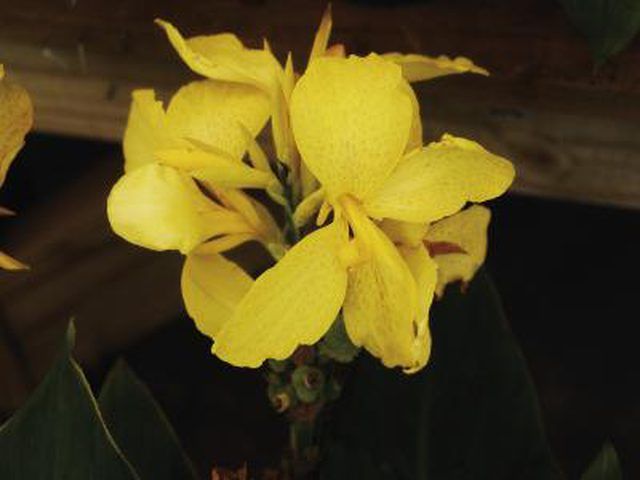Bulbs
Flower Basics
Flower Beds & Specialty Gardens
Flower Garden
Garden Furniture
Garden Gnomes
Garden Seeds
Garden Sheds
Garden Statues
Garden Tools & Supplies
Gardening Basics
Green & Organic
Groundcovers & Vines
Growing Annuals
Growing Basil
Growing Beans
Growing Berries
Growing Blueberries
Growing Cactus
Growing Corn
Growing Cotton
Growing Edibles
Growing Flowers
Growing Garlic
Growing Grapes
Growing Grass
Growing Herbs
Growing Jasmine
Growing Mint
Growing Mushrooms
Orchids
Growing Peanuts
Growing Perennials
Growing Plants
Growing Rosemary
Growing Roses
Growing Strawberries
Growing Sunflowers
Growing Thyme
Growing Tomatoes
Growing Tulips
Growing Vegetables
Herb Basics
Herb Garden
Indoor Growing
Landscaping Basics
Landscaping Patios
Landscaping Plants
Landscaping Shrubs
Landscaping Trees
Landscaping Walks & Pathways
Lawn Basics
Lawn Maintenance
Lawn Mowers
Lawn Ornaments
Lawn Planting
Lawn Tools
Outdoor Growing
Overall Landscape Planning
Pests, Weeds & Problems
Plant Basics
Rock Garden
Rose Garden
Shrubs
Soil
Specialty Gardens
Trees
Vegetable Garden
Yard Maintenance
How to Plant Canna Lily in Ohio
How to Plant Canna Lily in Ohio. In Ohio, canna lily (Canna x hybridis and Canna x generalis) is started by a rhizome indoors in mid-March and transplanted to an outdoor garden by mid-May in the parts of the state that are in U.S. Department or Agriculture (USDA) plant hardiness zones 6a to 6b and in late May in the parts in USDA zone 5b. Planting...

In Ohio, canna lily (Canna x hybridis and Canna x generalis) is started by a rhizome indoors in mid-March and transplanted to an outdoor garden by mid-May in the parts of the state that are in U.S. Department or Agriculture (USDA) plant hardiness zones 6a to 6b and in late May in the parts in USDA zone 5b. Planting a canna lily rhizome indoors in mid-March gives it time to grow roots and shoots, which means that transplant blooms earlier than a rhizome that is not started indoors but planted directly in the ground outdoors. Canna lily is used for perennial borders, mass planting and practically any other location in a garden. Blooms continuously appear atop its stalks from late spring until frost. Although canna lily is hardy in USDA zones 8 through 11, it may struggle with pests, such as slugs, snails and caterpillars, and some common diseases, including rust, fungal leaf spot and bacterial blight.
Things You'll Need
Large pot or wooden flat with bottom drainage holes
Sphagnum peat moss
Measuring tape
Drip tray
Watering device
Shovel or spade
Compost
Wood chips
Fill a large pot or wooden flat, which has bottom drainage holes, to just below its rim with sphagnum peat moss. Set one canna lily rhizome in the peat moss with the rhizome's eyes -- the green bumps along the rhizome's top -- facing upward. Bury the rhizome under 2 to 3 inches of peat moss.
Set a drip tray under the pot or wooden flat. Water the container's peat moss thoroughly. Put the pot or wooden flat with its drip tray in a sunny location, and keep its peat moss evenly moist but not saturated.
Select an area in an outdoor garden that receives full-sun exposure and has well-drained soil. If the canna lily is a tall variety, the area must have adequate shelter from wind.
Till the selected site's soil to a depth of 12 to 15 inches with a shovel or spade. Incorporate a 2- to 4-inch layer of compost with the soil.
Plan to transplant the canna lily after all danger of frost passes. Late frosts may kill the canna lily. Dig a hole the same depth as the canna lily''s pot and twice the pot's diameter. If the canna lily is in a flat, make the hole about 4 to 6 inches deep and twice the diameter of the plant's rhizome.
Remove the canna lily from its pot or flat gently, handling it by its rhizome. Put the rhizome in the hole horizontally, ensuring that all parts that are green remain above the ground. Fill the remainder of the hole with soil. Tamp the soil around the plant's base, and water the soil thoroughly. Space multiple canna lilies 18 to 24 inches apart.
Apply a 2- to 4-inch layer of wood chips around the canna lily's base. Mulch helps to control weeds and retain moisture during hot weather. Water the canna lily each week that less than 1 inch of rain falls.
Tips & Warnings
Canna lily will not survive winter outdoors in Ohio. Dig up the rhizome in fall after a light frost, and store it in peat moss in a cool place -- about 45 to 55 degrees Fahrenheit -- until it can be replanted outdoors in spring.